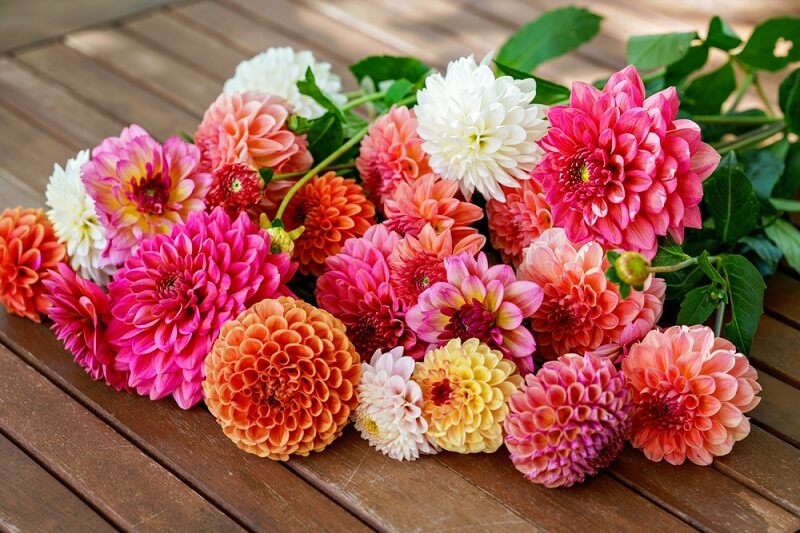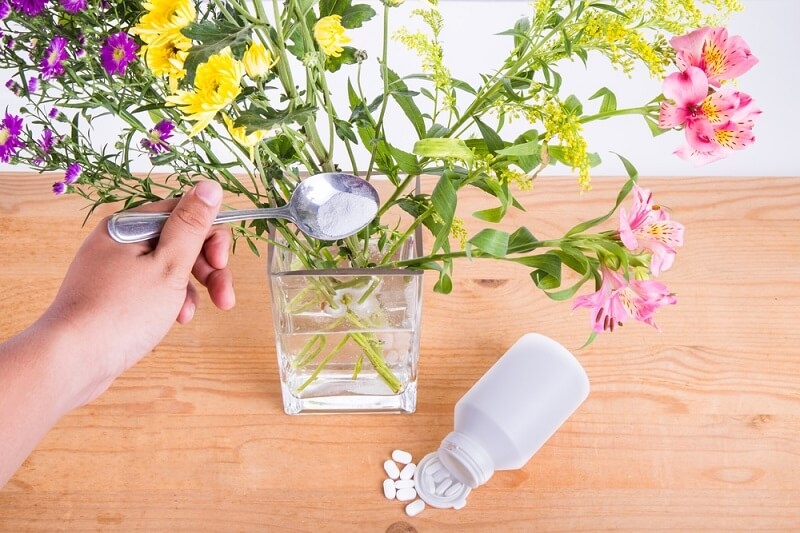
There is nothing like the joy of receiving a lovely bouquet of cut flowers. They can brighten up the entire room you decide to display them in, enhance your mood, and bring the sophistication of nature into an indoor space. Yet after that initial joy, we often have a familiar disappointment—that glorious bouquet fades, and in only a few days, those vibrant blooms wilt and droop, far too quickly. Yet, with just a bit of information and practical care, we can significantly prolong the life of the cut flowers or floral arrangements. Our detailed guide will cover everything to keep flowers fresh as we share the best flower care tips and guidance on changing the flower water to keep your flowers accurate to their stunning appearance for days or even weeks longer!
The key to keeping cut flowers alive longer is not a single magic trick but a series of simple, consistent procedural practices that work together to benefit the flowers after they have been cut. Once you understand what a flower needs to thrive—clean water, a conduit for drinking water, and bacteria protection—you will change how you care for flowers! Let us discuss the principles that will best support your desire for your bouquet to last longer than the last.
Although flowers are cut from their original roots, they are still living organisms. They lose moisture and wilt when cut from their water and nutrient source. Flowers can fade and wilt for several potential reasons:
Knowing these causes is the first step to learning how to cut flowers to last longer.
If you want your arrangement to flourish, following the best tips for flower care is essential. Here are straightforward but helpful tips:
When these care tips are implemented together, they will increase the length of time your flowers last.
Water maintenance is among the most underrated and important things when caring for your flowers. This guide to changing the water will help you manage the buildup of bacteria as well as avoid dehydration:
This simple process will help ensure your flowers always have a clean environment in which to grow.

While commercial flower food is convenient, flower preservatives can also be created at home using basic ingredients. These do-it-yourself mixtures provide nutrition and a buffer against bacteria:
Using these simple and cheap recipes, you can save money while preserving cut flowers longer.
Making sure you do it correctly is key to water uptake. To trim flower stems:
Finally, trimming them correctly allows them to stay hydrated, an essential part of making flowers last longer.
Placement plays a massive role in keeping cut flowers alive longer. Even with perfect care, improper positioning can shorten their lifespan. Follow these guidelines:
Simple placement adjustments often add several days to your bouquet’s life.
Different flowers require specific care based on the season:
Adjusting care based on season ensures year-round enjoyment of your blooms.
For those who want to go the extra mile, consider these advanced strategies:
These extra steps maximize freshness for special events and displays.
Despite your best intentions, little mistakes can shorten the life of your flowers. Don’t do the following:
By avoiding these mistakes, you are guaranteed to keep your flowers fresh.
Check out a simple beginner’s routine that encompasses all of the above methods:
You have just discovered the gold standard for keeping your flowers fresh longer.
Becoming adept at keeping flowers fresh for an extended period is rewarding and can give you the true value of your bouquets' beauty. It comes down to one habit that you can follow consistently: make an angled cut with a clean, sharp knife; put them in clean water with nutrients and antibacterial provisions (such as lemon-lime soda); and keep them in a cool, safe environment.
By consistently following this flower water changing guide and incorporating the best flower care tips into your life, you empower yourself to combat the natural life cycle of cut flowers. The payoff is that you get more days of color, fragrance, and elegance in your home. A gift turns into a lasting opportunity for at least a few days. Remember, if you think about caring for the cut flowers, that is the real trick to keeping them alive.
This content was created by AI